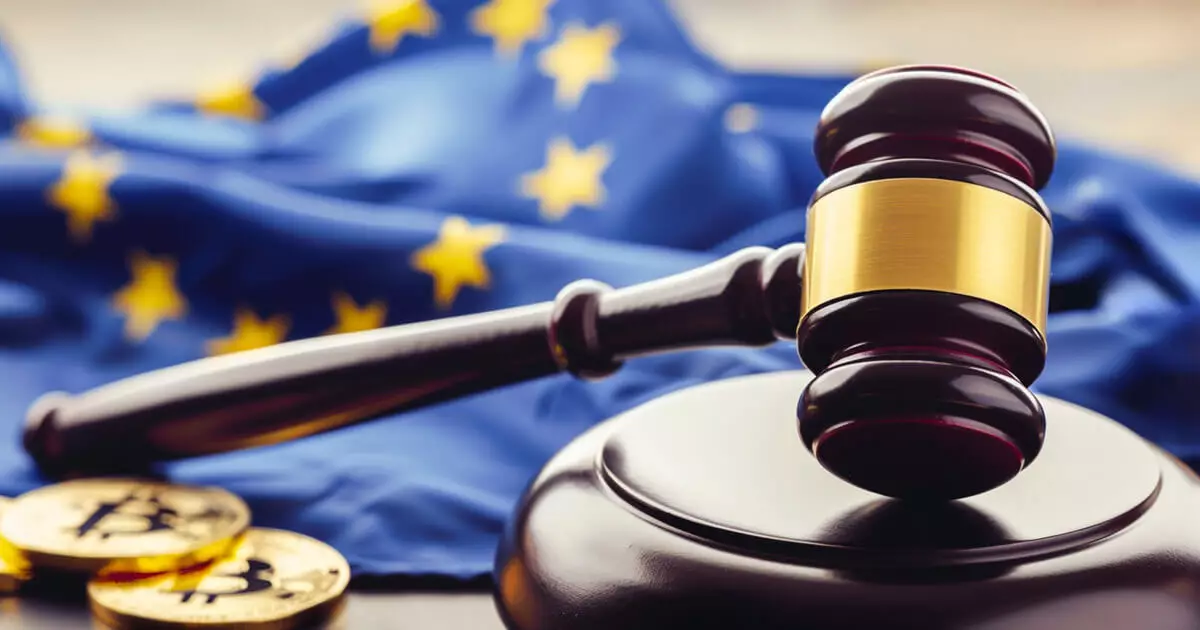The European Securities and Markets Authority (ESMA) has recently put Maximum Extractable Value (MEV) under the spotlight as a form of illegal market abuse in the realm of cryptocurrency. This move, proposed under the Markets in Crypto-Assets (MiCA) regulation, has sparked discussions within the industry. Notably, Patrick Hansen, a respected voice on crypto regulations, shed light on this development on social media, bringing attention to the potential ramifications for the crypto sector.
According to Hansen, regulated crypto businesses in the EU, such as exchanges and brokers, would be required to identify and report instances of MEV through detailed “suspicious transaction or order reports” (STORs). The complexity of the ESMA STOR template, spanning six pages, raises concerns about the practicality of reporting every single occurrence of MEV. The frequency and intricacy of these incidents in the crypto market add another layer of challenge to the proposed reporting procedures.
ESMA’s draft standards not only call for stringent reporting measures but also advocate for a collaborative enforcement approach. This suggests that entities engaging in MEV could potentially face investigations and enforcement actions from authorities both within and outside the EU. The emphasis on international cooperation in sanctioning market abuse underscores the global impact of MEV and the importance of cross-border regulatory efforts in combating such practices.
As part of ESMA’s ongoing efforts to refine MiCA’s implementation, stakeholder engagement plays a vital role in shaping future regulatory measures. Hansen highlights the significance of feedback from those directly involved in MEV and other crypto activities in developing effective regulatory frameworks. The consultation process, with a deadline of June 25 for stakeholder feedback, provides an avenue for industry participants to contribute to the dialogue on navigating the complexities of MEV and improving market integrity.
The scrutiny on MEV by ESMA and the implications for crypto regulations underscore the evolving landscape of market manipulation in the digital asset space. The collaborative approach to enforcement and the focus on stakeholder involvement signal a proactive stance towards enhancing regulatory frameworks in the EU. As the deadline for feedback approaches, the industry awaits the finalization of these standards and the potential ripple effects on crypto regulations globally.

